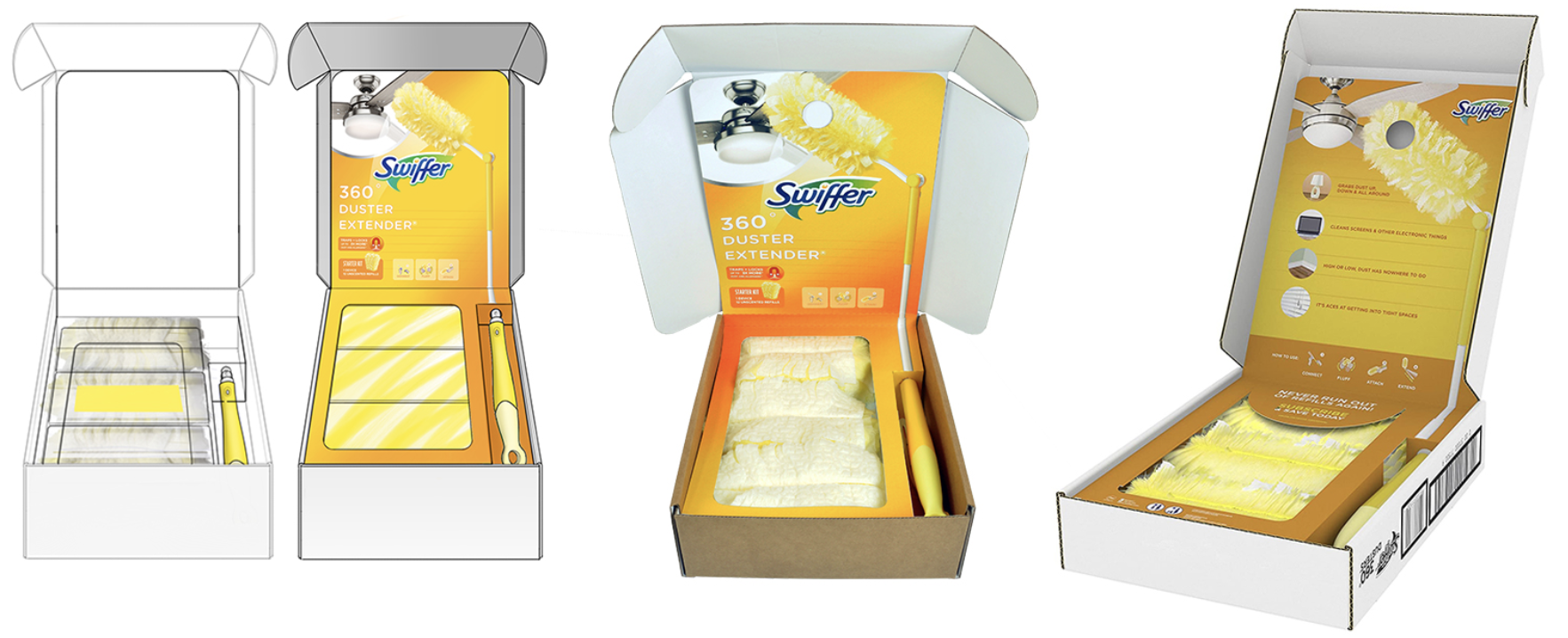Guest blog written by Carolyn McClure Ilic, VP Business Development, Security Business Capital (www.mysbcapital.com) SBC is a full service invoice factoring company and a subsidiary of Security Bank. We are also able to offer construction factoring, purchase order funding and supply chain finance through our affiliated sister companies. Carolyn can be reached at 312.804.9072 |cmcclure@mysbcapital.com
The story is as old as time itself … A company grows too fast and is unable to keep up with the demand due to insufficient funds. One of the most common reasons why businesses fail is due to lack of working capital. However, by taking out a businesslineof.credit, businesses are able to gain a short-term cash boost while also being allowed access to capital, which is why many businesses do this sort of thing. Being familiar with the different types of funding available and the requirements to obtain these funds is vital to your survival as a small business owner. In this blog post, we will outline some unique products available in today’s market for small business owners, the requirements to obtain the funding and the general costs associated with each.
Invoice Factoring
Accounts receivable factoring (also called accounts receivable financing) is a financial transaction and a type of debtor finance in which a business sells its accounts receivables to a third party (called a factor) at a discount. A business will consider factoring accounts receivable to meet its present and immediate cash needs, whether that be by small business loans or other means. Factoring is not the same as invoice discounting. Factoring is the assignment of the receivable, whereas invoice discounting is a borrowing that involves the use of the accounts receivable as collateral for the loan. Factoring requires a notification to your customer of the assignment while invoice discounting does not.
Factoring facts:
- Typical advance rates are from 70% to 95% depending on industry. i.e. trucking and staffing have a higher advance rate while the construction industry has a lower advance rate
- Factoring fees range from 1% to 3% for 30-days depending on volume, after the first 30-days the fee becomes a 10-day or 15-day rate thereafter.
- 12 month terms are typical in the industry but this can be negotiated
- Depending on rate there may be a monthly minimum required
- The Client can choose which customers and which receivables they would like to factor
- Unlike a bank who looks at the ability to debt service, factoring companies looks at the ability of their customers to make payment to them according to the payment terms.
- Factoring companies like to factor credit worthy customers and cannot factor invoices that are contingent, pay when paid, on consignment or guaranteed sales
- Construction factoring will consider pay when paid.
Reverse factoring (also known as Supply Chain Finance)
Reverse Factoring is for payables while Factoring is for receivables. Reverse Factoring allows the client to offer expedited payment terms to their suppliers/vendors at a discount. The client will work with lender and advise them which payables have been approved for payment. The lender will then pay the vendor invoice less the discount fee and wait 30, 60 or even 90 days for the client to make payment back to them. The client can also choose to absorb the cost on their end.
Perks: A 1st position UCC filing is not always required, there isn’t a notification process and for larger clients the lender could share part of the discount fee with the Client!
Criteria:
- At least $6,000,000 in existing annual revenue
• Positive cash flow for 2 years
• Credit insurance may be required on the client
• Strong personal and business credit
Purchase Order Funding
Purchase order finance (also called purchase order funding) is an advance on a customers purchase order to pay for 100% of the supplier costs. PO funding is for the cost of goods sold and funds are paid direct to the supplier via wire (local) or letter of credit (import). Once the goods are delivered to the customer, the lender will factor the invoice and issue a 2nd advance of funds directly to the client less the PO funding advance and PO funding fee (invoice factoring). When the customer pays their invoice, they will send their check to the lender. The lender will deduct the factoring advance and the discount fee and net the difference to the client. PO funding is done on a purchase order by purchase order basis. The client cannot use PO funding to purchase inventory to sell at a later date. The Lender will consider the customers business credit and payment terms as part of the underwriting process as well as the supplier’s ability to produce according to the time line and customer terms. PO funding will require a 1st position UCC filing on all inventory while factoring needs a 1st position on the receivables. They cannot fund if there are any liens, levies or judgments attached to the collateral or if the business is not profitable. There is no minimum personal credit score or years in business required.
PO Funding facts:
- Advance rates are usually 70% of the purchase order amount to cover 100% of the cost of goods
- PO Funding fee’s are typically 2.5% to 3% of the amount advanced for 30-days. A 10 or 15 day rate is charged after that.
- Unless the customer is paying cash on delivery, the client must also factor the invoice
- PO Funding is not recommended for transactions with profit margins less than 20% or for transactions that last longer than 90 days.
Different types of PO Funding
- An example of a simple purchase order fulfillment In this example, the client is selling a well-known product (i.e. Apple computers) which is not subject to rejection for quality and is to be drop shipped direct from the supplier to the end customer. In this example, the client is not touching the product and the inventory is going from a well-known supplier (drop shipped) direct to a well-known customer. This is the simplest transaction but the lender needs to see some history between the client and their customer (repeat order).
- An example of a slightly more complicated purchase order fulfillment: A more complicated example would be if the Apple Computers are first sent to the client’s warehouse for sorting and packaging and then shipped to multiple customers. In this case, the lender would need to trust that the client can perform this relatively simple task and how they could step in and take over the task if the client failed. It would be preferable if the client was using a 3rd party warehouse for sorting, packaging and freight forwarding. The lender would then enter into a warehouse agreement to control their inventory.
- An example of a complicated purchase order fulfillment: A considerably more complicated example is one that requires an overseas contract manufacturing agreement. In this example, the client has designed a product line and hires a contract manufacturer to make a deposit to start manufacturing the product and will cover the cost of taxes, shipping and freight. In this scenario, the funding company must be confident that the client has arranged the fabrication of the product to meet the requirements of the customer and that it will be delivered in the timeframe stated on the purchase order. The balance owed to the supplier is paid via letter of credit.
- An example of purchase order funding at the highest level of complexity: In this example, the client is fabricating or manufacturing the product themselves and needs the funding company to purchase components of materials for them to assemble or to manufacture into a product. In this example, the funding company must be confident that the client has the skills to build according to customer requirement, be able to deliver according to required delivery dates and has the financial capacity to pay the cost of labor and overhead while the fabrication is ongoing.
If you have any additional questions please feel free to contact Carolyn direct at 312.804.9072. Or if you’re after more information on invoicing in your business, or access to free invoice templates then you can visit digitaledge.org to find more.



